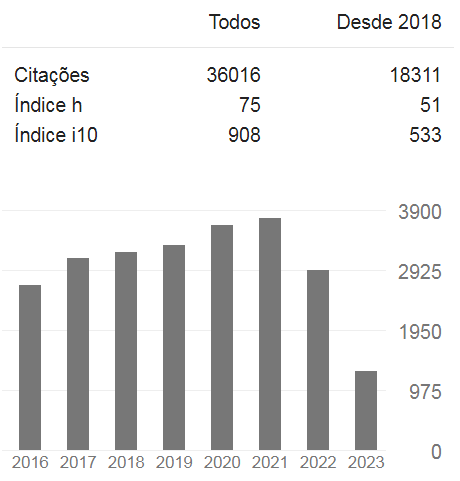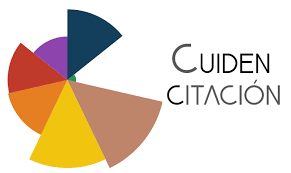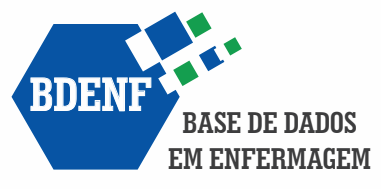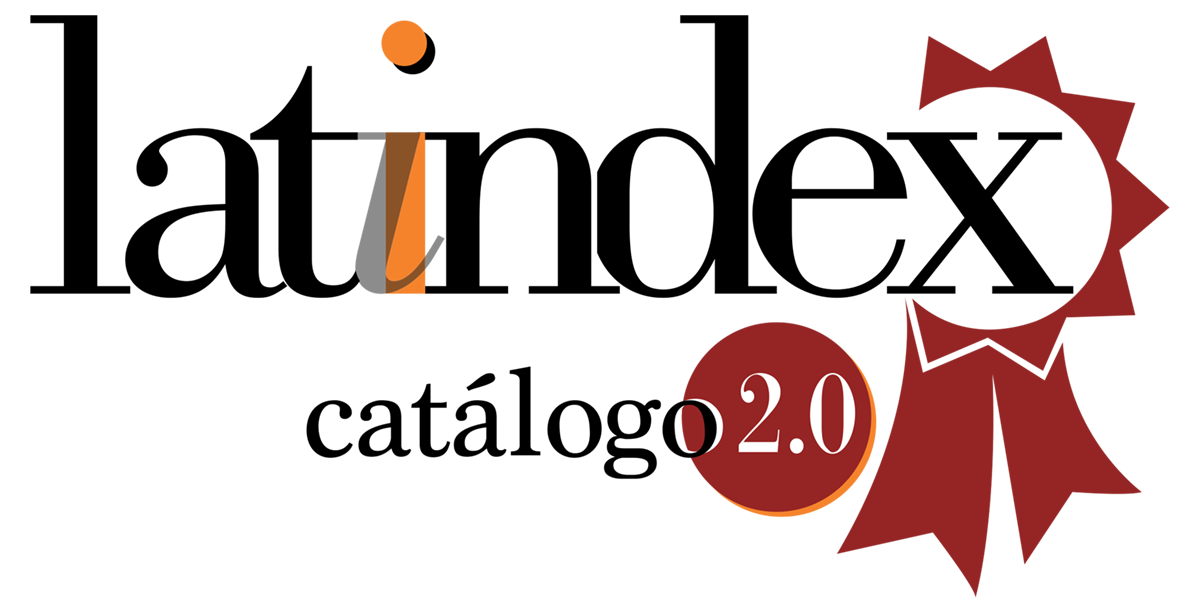Protective factors to reduce vulnerability to health
DOI:
https://doi.org/10.5935/1415-2762.20150050Keywords:
Adolescent, Health Vulnerability, Protection, Public Policy, Nursing, Public HealthAbstract
This is a qualitative study based on the Bioecological Theory of Human Development. It aimed at identifying protective factors to reduce adolescent vulnerability to health from the perception of adolescents. Fourteen semi-structured interviews were conducted with adolescents at a school in the state of São Paulo. Thematic analysis identified four main themes: knowledge as protective factor; human values as protective factor; family protection and improvement in public health services. Results demonstrated that these factors reflect personal, procedural, contextual and temporal experiences undergone by adolescents in their daily lives and in their social relations (amongst peers, family or community). Protective factors projected by adolescents should be identified and strengthened in order to define spaces that ensure their leading participation, to administer coping strategies in situations of vulnerability.References
Silva MAI. Adolescence: Resignify it to understand it and act (editorial). Rev
Enferm UFPE on line. 2012 Mar; 6(3). DOI 10.5205/01012007
Silva MAI, Mello FCM, Mello DF, Ferriani MGC, Sampaio JMC, Oliveira WA.
Vulnerabilidade na saúde do adolescente:questões contemporâneas. Ciênc
Saúde Coletiva. 2014; 19(2):619-27.
Fonseca FF, Sena RKR, Santos RLA, Dias OV, Costa SM. As vulnerabilidades na
infância e adolescência e as políticas públicas brasileiras de intervenção. Rev
Paul Pediatr. 2013; 31(2):258-64.
Duarte MTC, Parada CMGL, Souza LR. Vulnerabilidad de mujeres Viviendo
con VIH / SIDA. Rev Latino-Am Enferm. 2014; 22(1):68-75.
Alexandre AMC, Labronici LM, Maftum MA, Mazza VA. Mapa da rede social
de apoio às famílias para a promoção do desenvolvimento infantil. Rev Esc
Enferm USP. 2012; 46(2):272-9.
Bronfenbrenner U, Morris PA. The ecology of developmental processes. In:
Damon W, organizador. Handbook of child psychology. New York: John
Wiley & Sons; 1998.
Bronfenbrenner U, editor. Making human beingshuman: Bioecological
perspectives on human development. Thousand Oaks, CA: Sage; 2004.
Romeu G. Pesquisa qualitativa em saúde. São Paulo: Instituto Sírio-Libanês de
Ensino e Pesquisa, 2014. 45 p.
Baldin N, Munhoz EMB. Educação ambiental comunitária: uma experiência
coma técnica de pesquisa snowball (bola de neve). Rev Eletrônica Mestr
Educ Ambient. 2011; 27:46-60.
Brasil. Estatuto da criança e do adolescente. São Paulo: Cortez; 1990.
Fontanella BJB, Luchesi BM, Saidel MGB, Ricas J, Turato ER, Melo DG.
Amostragem em pesquisas qualitativas: proposta de procedimentos para
constatar saturação teórica. Cad Saúde Pública. 2011; 27(2):389-94.
Minayo MCS, Deslandes SF, Gomes R. Pesquisa Social: teoria, método e
criatividade. 30ª ed. Petrópolis, RJ: Vozes; 2011. 108 p.
Minayo MCS. Análise qualitativa: teoria, passos e fidedignidade. Ciênc Saúde
Coletiva. 2012; 17(3):621-6.
James KB, Bunch J, Clay-Warner J. Perceived injustice and school violence: an
application of General Strain Theory. Youth Violence Juvenile Justice. 2015;
(2):169-89.
Moll J, Rabelo MKO. (Re)conhecendo o território escolar e mapeando o sentido do
ser-jovem: contribuições dos programas e projetos intersetoriais para superação
das vulnerabilidades do escolar. Ciênc Saúde Coletiva. 2010; 15(2): 3023-5.
Bitencourt AOM, Santana RM, Silva EC, Borges MASF. Teias do adolescer: (re)
pensando o processo de cuidar do adolescente. Ilheus: UESC; 2013.
Araújo AC, Lunardi VL, Silveira RS, Thofehrn MB, Porto AR. Relationships
and interactions in healthy process to be an adolescent. Rev Gaúcha Enferm.
; 31(1):136-42.
Downloads
Published
Issue
Section
License
Copyright (c) 2015 Reme: Revista Mineira de Enfermagem

This work is licensed under a Creative Commons Attribution 4.0 International License.






































